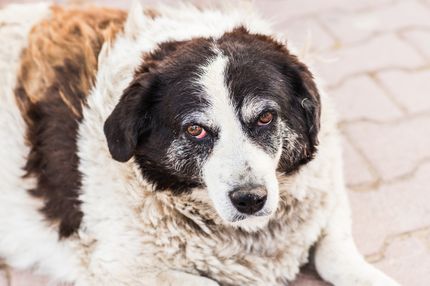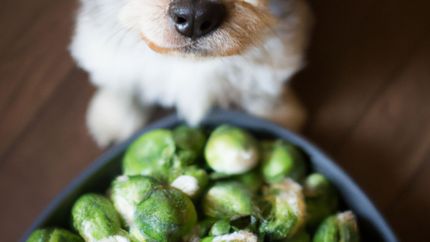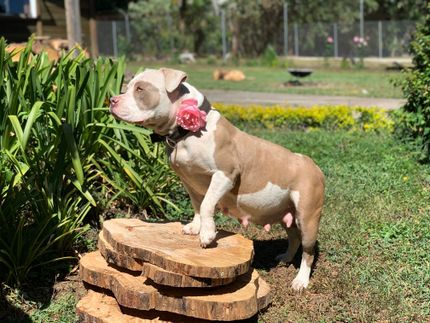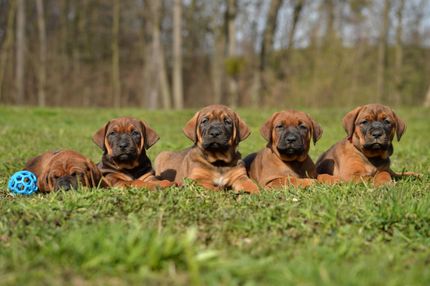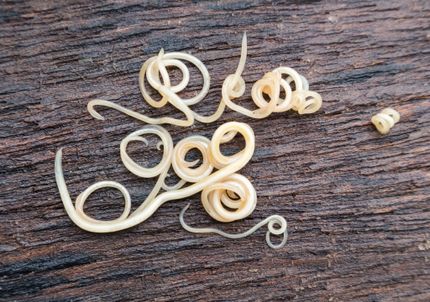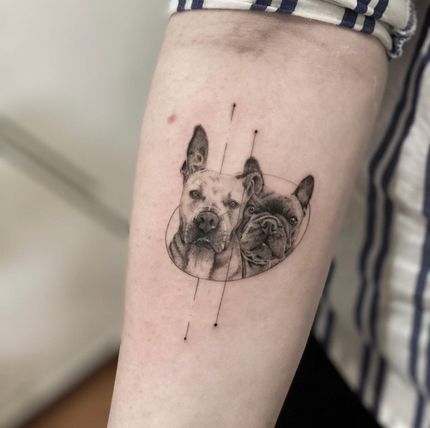How can you recognize good canned food for your dog?
The dog is man's best friend - and is dependent on his decisions in terms of feeding. Regardless of whether you decide to feed your dog the classic canned food or whether you prepare the food yourself in the context of raw feeding, the dog must not only be able to tolerate its food well, but it must also taste good. Meanwhile, the selection of dog food is immense, so that especially new dog owners are often at a loss in front of the food shelves of supermarkets or specialty stores. We have therefore collected all the important information and tell you here how you can recognize good food for the dog.
Recognising good food: Tips and tricks at a glance
- Expensive is not always better!
- Test reports from Stiftung Warentest and Co. quickly provide information about the latest insider tips.
- The individual needs and preferences of your dog are decisive when buying food.
- The proof of the pudding is in the eating!
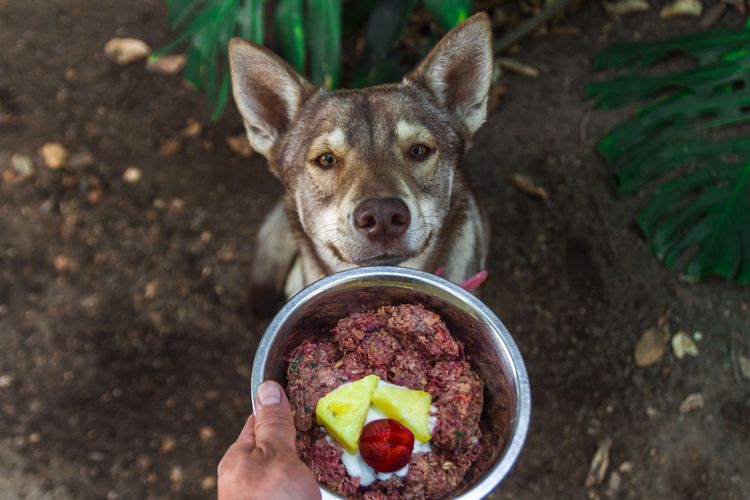
Open declaration: Transparency is important!
A look at the list of ingredients in canned food should quickly provide information about which ingredients are contained in the food. Good" food will list in detail which meat, vegetables or grains have been processed in the can and in what proportions. Such an open declaration could look as follows, for example: Beef muscle meat (35%), rice (15%), beef breast bone (10%), beef hearts (5%), apples (3%), and so on.
Such an open declaration provides information about which parts of the meat are contained in the feed - in the case of vague formulations such as "meat and animal by-products", the animal by-products in particular may also include fur, hooves or feathers. In addition, it is made clear in this way in what proportions the respective type of meat is contained. In principle, the ingredients of which the feed contains the most are listed as the first item in the list of ingredients.
The risk behind the term "by-products
The animal or vegetable by-products in the feed may not only be low-quality slaughter or grain waste such as hooves, fur, husks, skins or spoiled straw - the declaration as a by-product also harbours a further risk. With this type of declaration it is not clear from which animal the by-products originate. Especially in dogs with food intolerance this can cause reactions, the cause of which cannot be clarified without further ado.
Artificial flavours, colourings or flavour enhancers
Good food for dogs should contain as few additional flavors, dyes or flavor enhancers as the food we eat. The more natural the food is, the lower the risk of intolerances or allergic reactions. As a general rule, ideally you should know all the ingredients listed without having to look them up beforehand.
Variety is the key
Basically, the dog food should be labeled as "complete food" - in this way, you ensure that the food is sufficient as the only food and provides all the important nutrients and vitamins. Apart from this, one should also bring variety into play from time to time when selecting the dog food, provided that the digestive system of the animal allows this. After all, we humans do not always want to be served the same food.


